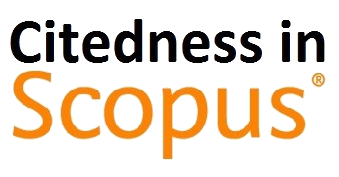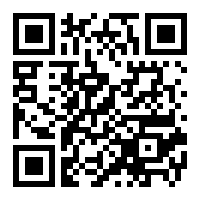Reducing Data Social Network Utilizing Greedy Randomized Method
(1) Telkom University
(2) Lambung Mangkurat University
(3) Telkom University
(*) Corresponding Author
Abstract
Full Text:
PdfReferences
Y.Liu and C.-Q. Gu, " Variant of greedy randomized Kaczmarz for ridge regression," Appl. Numer.Math., vol.143, pp. 223-246,2019.
S. Saurabh, S. Madria, A. Mondal, A. S. Sairam, and S. Mishra, “An analytical model for information gathering and propagation in social networks using random graphs,” Data Knowl. Eng., vol. 129, p. 101852, 2020.
Y. Wu et al., “Identification of subtype-specific biomarkers of clear cell renal cell carcinoma using random forest and greedy algorithm," Biosystems, vol. 204, p. 104372, 2021.
Indonesia Internet Service Provider Association, "Penetrasi & Perilaku Pengguna Internet Indonesia," APJII, Jakarta, 2017.
Gartner, Inc., "Gartner Hype Cycle: Interpreting Technology Hype," [Online]. Available: https://www.gartner.com/en/research/methodologies/gartner-hype-cycle. [Accessed 10 January 2019].
F. Ali, A. Ali, M. Imran, R. A. Naqvi, M. H. Siddiqi, and K.-S. Kwak, “Traffic accident detection and condition analysis based on social networking data,” Accid. Anal. Prev., vol. 151, p. 105973, 2021.
T. Palonen and D. E. Froehlich, “Mixed methods social network analysis to drive organizational development,” Mix. methods Soc. Netw. Anal. Theor. Methodol. Learn. Educ. London Routledge, 2020.
J. Stokes and S. Weber, “Common greedy wiring and rewiring heuristics do not guarantee maximum assortative graphs of a given degree," Inf. Process. Lett., vol. 139, pp. 53–59, 2018.
M. Boullé, “Hierarchical two-part MDL code for multinomial distributions,” Int. J. Approx. Reason., vol. 103, pp. 71–93, 2018.
C. Pomare, J. C. Long, K. Churruca, L. A. Ellis, and J. Braithwaite, “Social network research in health care settings: Design and data collection,” Soc. Networks, 2019.
Navlakha, S., Rastogi, R., Shrivastava, N.:Graph summarization with bounded error. In: SIGMOD '08: Proceedings of the 2008 ACM SIGMOD international conference on Management of data, New York, NY, USA, ACM (2008).
Chen, C., Lin, C., Fredrikson, M., Christodorescu, M., Yan, X., Han, J.: Mining graph patterns efficiently via randomized summaries. In: 2009 Int. Conf. on Very Large Data Bases, Lyon, France, VLDB Endowment (August 2009).
Navlakha, S., Schatz, M., Kingsford, C.: Revealing Biological Modules via Graph Summarization. Presented at the RECOMB Systems Biology Satellite Conference. J. Comp. Bio. 16 (2009).
Alamsyah,Andry. Budi Rahardjo and Kuspriyanto, Community Detection Methods in Social Network Analysis, ITB :Bandung, Indonesia.
Datasetsource:http://snap.stanford.edu/data/index.html
DOI: https://doi.org/10.30645/ijistech.v5i6.188
Refbacks
- There are currently no refbacks.
Jumlah Kunjungan:
Published Papers Indexed/Abstracted By:












